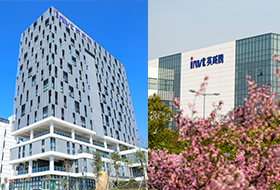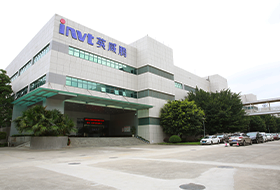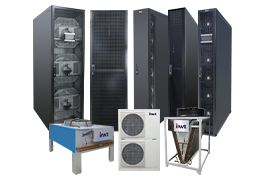History of Data Center Development
Data center, the English abbreviation is called IDC, which is Internet Data Center (Internet Data Center).
The reason why it is not called "DC" directly is mainly to avoid confusion with direct current (Direct Current). Moreover, today's data centers are generally connected to the Internet and mainly focus on Internet services, so it is more accurate to call it "IDC".
From a functional point of view, a data center is a super-sized computer room with many, many servers dedicated to centralized data management (storage, computing, and exchange).
According to statistics from industry organizations, in 2020, the global data traffic processed by data centers will reach 15.3ZB (1ZB≈1 billion TB), accounting for 99.35% of the total global traffic. In other words, almost all Internet data cannot be separated from the processing of the data center, which shows its importance.
According to the more popular saying now, the data center is an important infrastructure like water plants and power plants. It is the power engine of the digital economy and the supporting base for the development of the country and society.
█ Development stage of data center
In the 1960s, human beings were still in the era of mainframes. At that time, in order to store computer systems, storage systems and power equipment, people built computer rooms and called them "server farms".
This "server farm" is considered to be the earliest prototype of the data center.
In the 1990s, with the birth and vigorous development of the Internet, many companies began to implement informatization. They built their own websites, and also set up a large number of servers such as mail, FTP, and OA office automation.
Some companies place servers in computer rooms within the enterprise. There are also some companies, because there are not many servers, but they are unwilling to put them in the office (loud noise, easy power failure, low security), so they "host" in the operator's computer room, renting the operator's site, power, and network bandwidth, Let the other party manage and maintain it on your behalf.
Thus, the concept of the data center began to gradually take shape. 1996. An American company named Exodus (specializing in the construction of computer room facilities and bandwidth services) first proposed the name "IDC".
This is the early stage of IDC data center development.
With the passage of time, the hosting services of the first generation of data centers began to be refined, extending from complete server hosting to website hosting, and virtual hosting services appeared.
That is to say, on a certain server, through the virtual host software, N website hosts are virtualized and rented out to N customers.
In addition to websites, various services such as renting data storage space have also appeared. This is the second phase of the IDC data center.
Later, at the beginning of the 21st century, companies such as Amazon and Google proposed cloud computing, which brought the data center into the third stage (cloud computing stage), which continues to this day.
The cloud computing stage is the upgrade and evolution of the second stage. It uses virtualization technology and container technology to completely realize the pooling of server computing power resources in the data center. All CPU, memory, hard disk and other resources are managed by more powerful virtualization software, and then allocated to users.
From physical hardware leasing, it has evolved into virtual hardware leasing, and even software platform leasing and service leasing. IaaS, PaaS, and SaaS just appeared in front of us.
█ Modular data center
The data center is a huge system, the construction process is very complicated and cumbersome, and the construction period is also very long. In recent years, in order to deploy data centers more quickly and flexibly, manufacturers have introduced the concept of modular data centers.
To put it bluntly, it is to integrate the structural system, power supply and distribution system, HVAC system, fire protection system, lighting system, integrated wiring, etc. of the data center into "building blocks" one by one. Then, after the "building blocks" are transported to the site, they can be simply hoisted and erected to complete the construction and deployment.
In this way, the construction period of a large data center is shortened from 18-24 months to about 6 months, and the economic benefits are obvious.
The data center is an important informatization infrastructure in the digital age, an important carrier of computing power, and directly determines the country's digital competitiveness. In addition to the surge in number, data centers are developing in a green and intelligent direction, actively introducing AI artificial intelligence to improve energy efficiency and reduce operational complexity. Let us wait and see whether there will be new morphological changes in the data center in the future!

 networkpowersales@invt.com.cn
networkpowersales@invt.com.cn



























